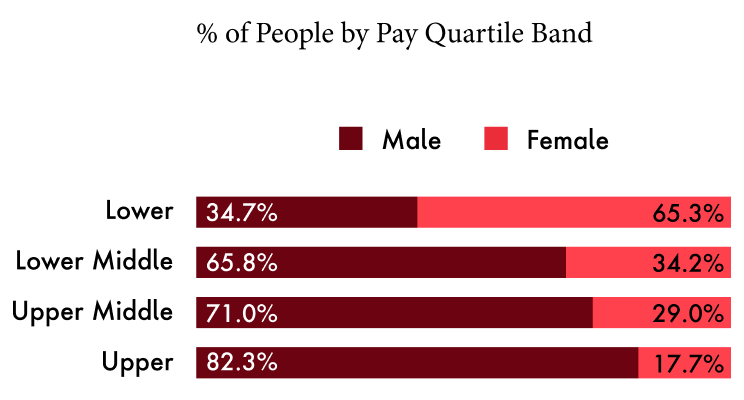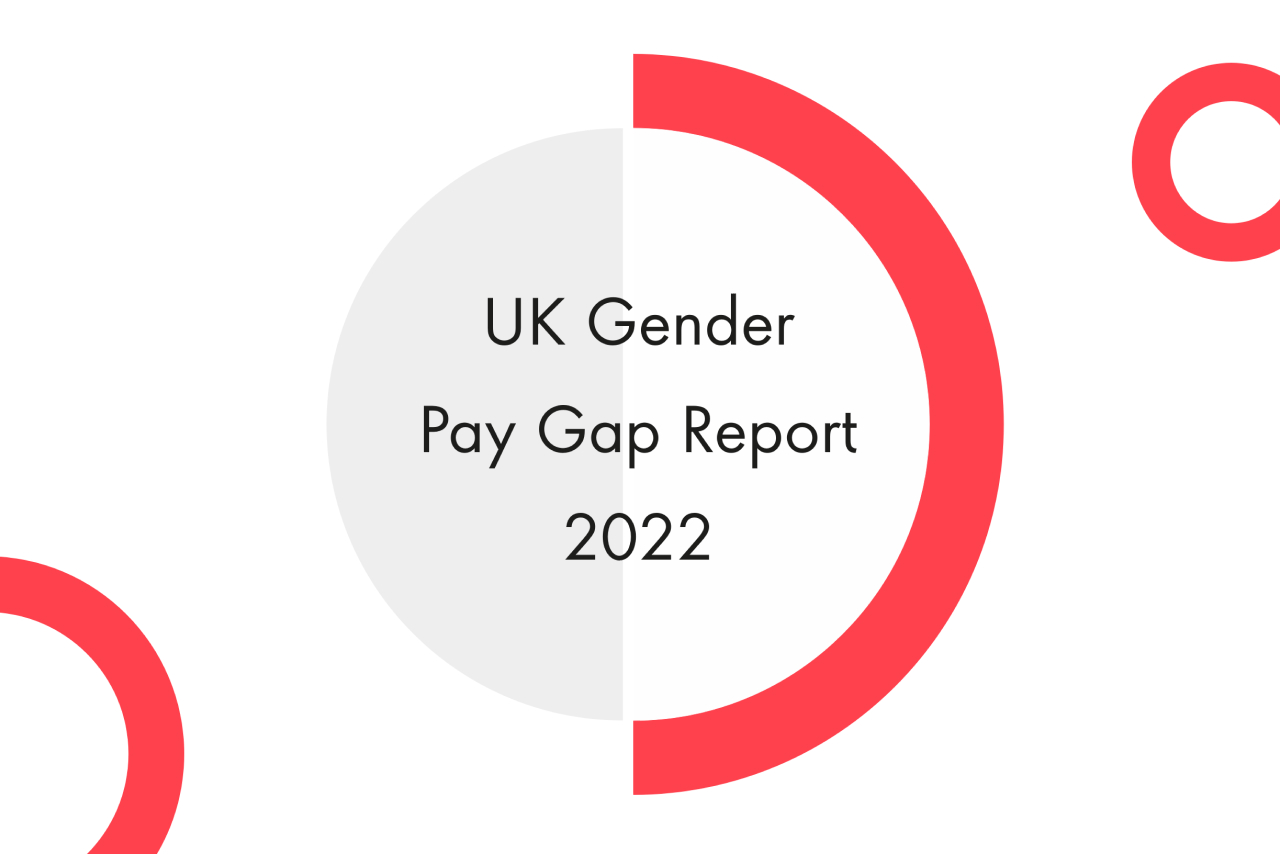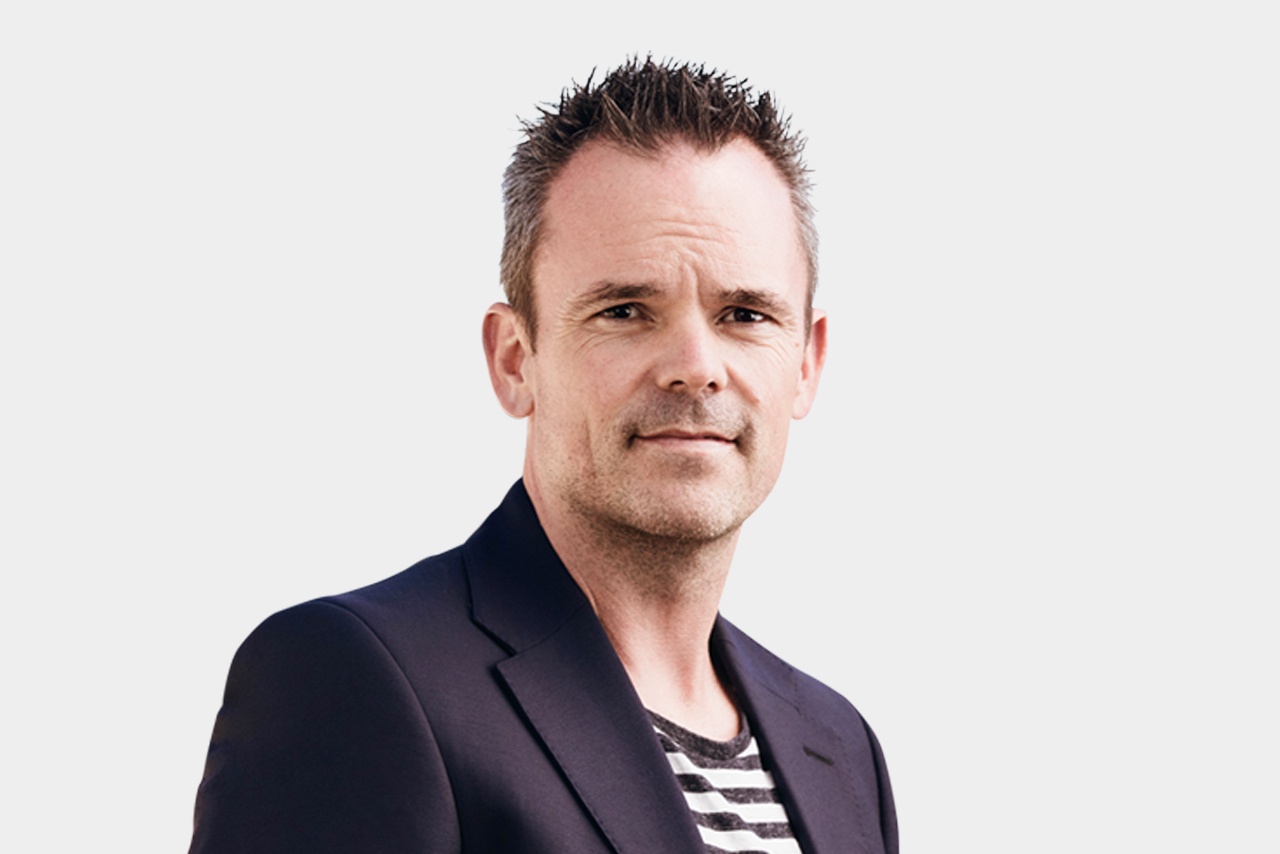What issue can we solve for you?
Type in your prompt above or try one of these suggestions
Suggested Prompt



UK Gender Pay Gap Report 2024
Taking action on our Gender Pay Gap
A message from Scott Criddle, Group Vice President, UK Country Lead and EMEA Capacity Lead, Publicis Sapient U.K.
At Publicis Sapient, we are committed to fostering a workplace that is diverse, equitable, and inclusive—a place where every individual feels valued and empowered to contribute their best. Transparency and accountability are essential to building trust and driving meaningful change. That’s why we are publishing this report to address the gender pay gap within our organization.
The gender pay gap is not about equal pay for equal work, which is a principle we rigorously uphold. Rather, it reflects broader systemic issues, including the distribution of roles, representation at senior levels, and structural barriers that impact how individuals progress in their careers. While we have taken steps to address these challenges, we recognize there is still work to be done.
This report outlines:
• A clear analysis of our current gender pay gap data
• The factors contributing to this gap
• The actions we are taking to close the gap and build a more equitable future
We approach this work with humility, urgency, and a deep sense of responsibility. Addressing the gender pay gap is not only the right thing to do but also a critical step in creating an inclusive environment where all talent can thrive.
Through this report, we aim to hold ourselves accountable and share our progress with transparency. By doing so, we hope to engage our teams, partners, and the broader industry in this important conversation. Together, we can drive lasting change and ensure a future of equity and opportunity for all.
The Gender Pay Gap Results at a Glance
The gender pay gap measures the percentage difference in average pay between men and women within an organization. It includes all employees, regardless of career stage or whether they work full-time or part-time. This differs from equal pay, which ensures men and women are paid the same for doing the same or equivalent work (Equality Act, 2010).
A gender pay gap does not imply that women are paid less than men for equal work. Instead, it reflects the mean and median pay differences, often influenced by the distribution of men and women across various career stages, particularly if more men hold higher-paying roles.
Below is a detailed breakdown of the median and mean pay gaps, bonus gaps, and the percentage representation by pay quartile bands for Publicis Sapient, calculated according to government guidelines.


What is the data showing?
Compared to the previous year, we’ve reduced the mean and median pay gap by 1.7% and 1.3% this year due to an improved representation at more senior levels, however we remain focused on accelerating the pace at which we can reduce this gap. The primary factor contributing to the gender pay gap is the higher proportion of women in our lower career stage roles, which affects the median pay point. For example, when determining the median pay gap, the median woman holds a more junior career stage position (Senior Associate) compared to the median man (Manager), due to a higher representation of women in junior roles. This creates a higher median pay gap, as we are comparing employees at different pay levels.
Another factor that contributes to pay gap is the low proportion of women in the high paying roles and specialized skills. For example, only 24% of people in Engineering are women, with the majority of them (81%) being at the senior associate and below career level.
Action we’re taking to close the gap
Gender Equity Plan UK
In March, we launched a new Gender Equity Plan, focusing on increasing female representation with a deeper focus on probing into the systemic issues. Over the past few months, we engaged with colleagues to understand their lived experiences and workplace culture, while conducting a detailed analysis of our employee lifecycle. This included a review of hiring process, identifying gaps in female candidate representation at different stages, analysing staffing patterns to uncover trends in project allocation and team composition, and evaluating promotion data to assess progression rates and barriers for women across all levels.
Through this data-driven approach, we identified areas that have improved such as the overall promotion mix, which was at 53% women for this period, as well as honed in on the specific challenges and aspects that need more focus, such as lower application rates from women for promotions review, and identified levels that saw a drop in promotion rates resulting in a slower progression to leadership positions. These insights have enabled us to design targeted interventions, such as enhancing outreach to female candidates, implementing more inclusive staffing practices, and reviewing promotion criteria to ensure equitable opportunities. By applying best practices in gender equity, we are committed to driving meaningful and measurable change.
Gender Taskforce
In May, we established the Gender Taskforce, a multidisciplinary group of key stakeholders committed to advancing gender equity. The taskforce includes senior leaders, representatives from the people team, data analysts, and owners of key people processes, ensuring a holistic and informed approach.
The taskforce plays a pivotal role in the implementation and delivery of the Gender Equity Plan, serving as the driving force behind its progress. Members collaborate closely, leveraging their diverse expertise to identify barriers, develop solutions, and align organizational processes with equity goals. By analyzing data, streamlining processes, and fostering leadership accountability, the taskforce ensures the plan’s objectives are met with meaningful and lasting impact.

PS Balance
In September we established a renewed gender-inclusive employee network. PS Balance is our gender-focused business resource (employee) group dedicated to supporting individuals of all gender identities—women, men, and non-binary people—at every career stage, office location, and role. Its mission is to drive the progression and retention of talented women at Publicis Sapient (PS) by cultivating a supportive organizational culture and providing targeted professional development opportunities.
Beyond empowering women, PS Balance addresses barriers faced by men and non-binary colleagues, promoting a more inclusive workplace. By championing gender parity across our global workforce, PS Balance contributes to a stronger, more equitable organization and highlights the societal benefits of achieving true gender equality.
FAQ and definitions
FAQ and definitions







